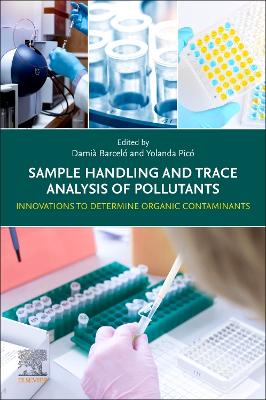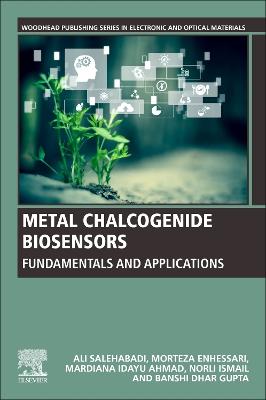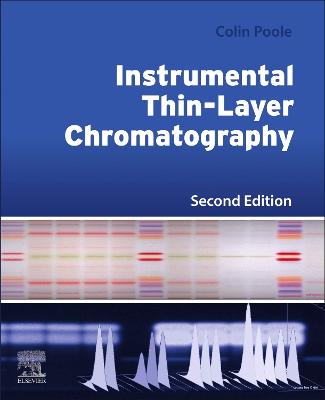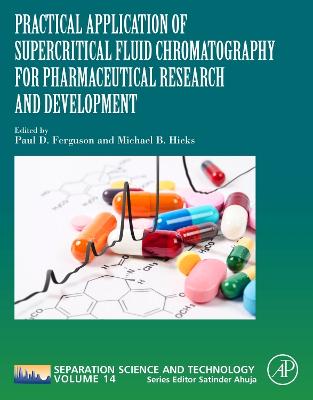Big Data Analytics in Chemoinformatics and Bioinformatics
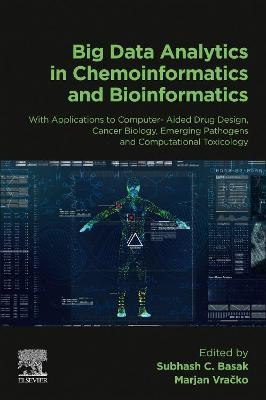 -10%
portes grátis
-10%
portes grátis
Big Data Analytics in Chemoinformatics and Bioinformatics
With Applications to Computer-Aided Drug Design, Cancer Biology, Emerging Pathogens and Computational Toxicology
Basak, Subhash C.; Vracko, Marjan
Elsevier - Health Sciences Division
12/2022
502
Mole
Inglês
9780323857130
15 a 20 dias
CHEMOINFORMATICS AND BIOINFORMATICS BY DISCRETE MATHEMATICS AND NUMBERS: An adventure from small data to the realm of emerging big data
Robustness Concerns in High-dimensional Data Analysis and Potential Solutions
The Social Face of Big Data: Privacy, Transparency, Bias and Fairness in Algorithms
CHEMISTRY & CHEMOINFORMATICS SECTION:
Integrating data into a complex Adverse Outcome Pathway
Big data and deep learning: extracting and revising chemical knowledge from data
Retrosynthetic space persuades by big data descriptors, by Claudiu N Lungu
Approaching history of chemistry through big data on chemical reactions and compounds
Combinatorial Techniques for Large Data Sets: Hypercubes and Halocarbons
Development of QSAR/QSPR/QSTR models based on Electrophilicity index: A Conceptual DFT based descriptor
Pharmacophore based virtual screening of large compound databases can aid "big data" problems in drug discovery
A New Robust Classifier to Detect Hot-Spots and Null-Spots in Protein-Protein Interface: Validation of Binding Pocket and Identification of Inhibitors in in-vitro and in-vivo Models
Mining Big Data in Drug Discovery - Triaging and Decision Trees
BIOINFORMATICS AND COMPUTATIOANL TOXICOLOGY SECTION:
Use of proteomics data and proteomics based biodescriptors in the estimation of bioactivity/ toxicity of chemicals and nanosubstances
Mapping Interaction between Big spaces; active space from Protein structure and available chemical space
Artificial Intelligence, Big Data and Machine Learning approaches in Genome-wide SNP based prediction for Precision Medicine & Drug Discovery
Applications of alignment-free sequence descriptors (AFSDs) in the characterization of sequences in the age of big data: A case study with Zika virus, SARS, MERS, and COVID-19
Scalable QSAR Systems for Predictive Toxicology
From big data to complex network: a navigation through the maze of drug-target interaction
Dissecting big RNA-Seq cancer data using machine learning to find disease-associated genes and the causal mechanism
CHEMOINFORMATICS AND BIOINFORMATICS BY DISCRETE MATHEMATICS AND NUMBERS: An adventure from small data to the realm of emerging big data
Robustness Concerns in High-dimensional Data Analysis and Potential Solutions
The Social Face of Big Data: Privacy, Transparency, Bias and Fairness in Algorithms
CHEMISTRY & CHEMOINFORMATICS SECTION:
Integrating data into a complex Adverse Outcome Pathway
Big data and deep learning: extracting and revising chemical knowledge from data
Retrosynthetic space persuades by big data descriptors, by Claudiu N Lungu
Approaching history of chemistry through big data on chemical reactions and compounds
Combinatorial Techniques for Large Data Sets: Hypercubes and Halocarbons
Development of QSAR/QSPR/QSTR models based on Electrophilicity index: A Conceptual DFT based descriptor
Pharmacophore based virtual screening of large compound databases can aid "big data" problems in drug discovery
A New Robust Classifier to Detect Hot-Spots and Null-Spots in Protein-Protein Interface: Validation of Binding Pocket and Identification of Inhibitors in in-vitro and in-vivo Models
Mining Big Data in Drug Discovery - Triaging and Decision Trees
BIOINFORMATICS AND COMPUTATIOANL TOXICOLOGY SECTION:
Use of proteomics data and proteomics based biodescriptors in the estimation of bioactivity/ toxicity of chemicals and nanosubstances
Mapping Interaction between Big spaces; active space from Protein structure and available chemical space
Artificial Intelligence, Big Data and Machine Learning approaches in Genome-wide SNP based prediction for Precision Medicine & Drug Discovery
Applications of alignment-free sequence descriptors (AFSDs) in the characterization of sequences in the age of big data: A case study with Zika virus, SARS, MERS, and COVID-19
Scalable QSAR Systems for Predictive Toxicology
From big data to complex network: a navigation through the maze of drug-target interaction
Dissecting big RNA-Seq cancer data using machine learning to find disease-associated genes and the causal mechanism

